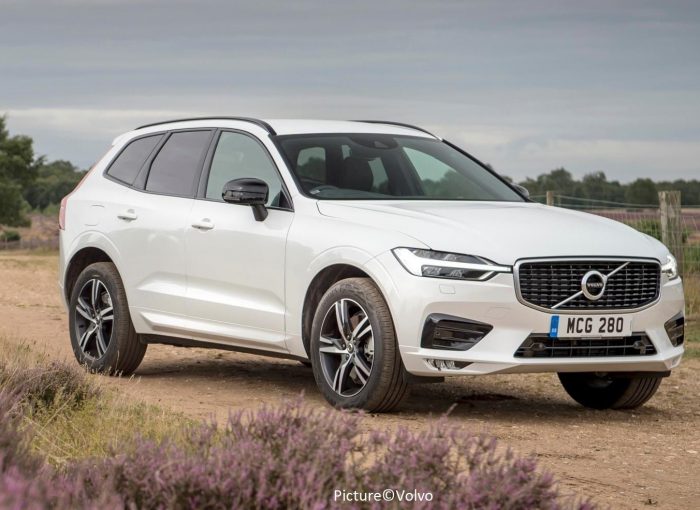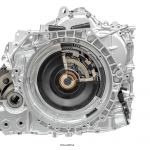Every tyre has what’s known as a load rating or index. It’s vital to fit tyres with the correct load rating to guarantee maximum tyre life and road safety. XL is for cars that are heavy, or in the case of vans, need to carry heavy loads. Read on to find out more about XL and why load rating is so important.
How do you find the load index on a tyre?
Every tyre has a series of markings on its sidewall. These contain crucial information such as the wheel size, width of the tread and height of the sidewall. The load index forms part of this. A pair of digits after the size information express this. If the characters on a tyre read 225/55 R17 101 W as below, the 101 is the load index.
What is the load index?
The load index is how much weight an individual tyre can support. The numbers of the tyre’s load rating relate to the weight in kilograms a tyre will support. You can find out exactly what they are on this government website.
Each tyre must have a load capacity equal or superior to half the weight borne by the axle on which it is mounted. So the 101 in our example above will support 825kg as a single tyre or 1650kg across a two-wheel axle.
What if you’re changing tyres?
The first thing to do is to check your car’s user manual. Don’t simply go by the tyres your car currently sports. The reason for this is you can’t be certain that the previous owner fitted the correct tyres.
The user manual will probably tell you what make and type of tyre your car was fitted with when it left the factory. If you want a different tyre, it must have the same or a higher load rating than the vehicle’s original tyres.
It’s a road safety issue
Not fitting a car with the correct load index can have serious safety implications. In fact, it can be downright dangerous. If an insurer can prove tyre failure and any subsequent crash was a result of insufficient load rating, it might be able to get out of paying for any damage.
What are XL tyres?
The acronym XL stands for Extra Load. But it doesn’t apply to cars carrying a heavy load ‑ although they’ll probably need XL tyres. It refers to the weight of the vehicle the tyre will have to support.
It’s worth checking whether your car needs these. An increasing number do because cars are getting heavier as they carry more equipment. SUV body shapes and models that are hybrid and carrying weighty batteries frequently need XL tyres.
In weight terms, strictly speaking, the vehicle may not need XL tyres for everyday life. However, when it’s loaded up with five people and their luggage, the car may be too heavy for tyres that have a regular load rating.
Air pressure is important for XL
It’s also important to check the air pressure of XL tyres regularly. They are designed with a more robust construction and can cope with the extra air pressure that carrying a heavier load requires.

I’ve been writing about cars and motoring for more than 25 years. My career started on a long-departed classic car weekly magazine called AutoClassic. I’ve since pitched up at Autosport, Auto Express, the News of the World, Sunday Times and most recently the Daily Telegraph. When I’m not writing about cars and motoring, I’m probably doing some kind of sport or working in my garden.








